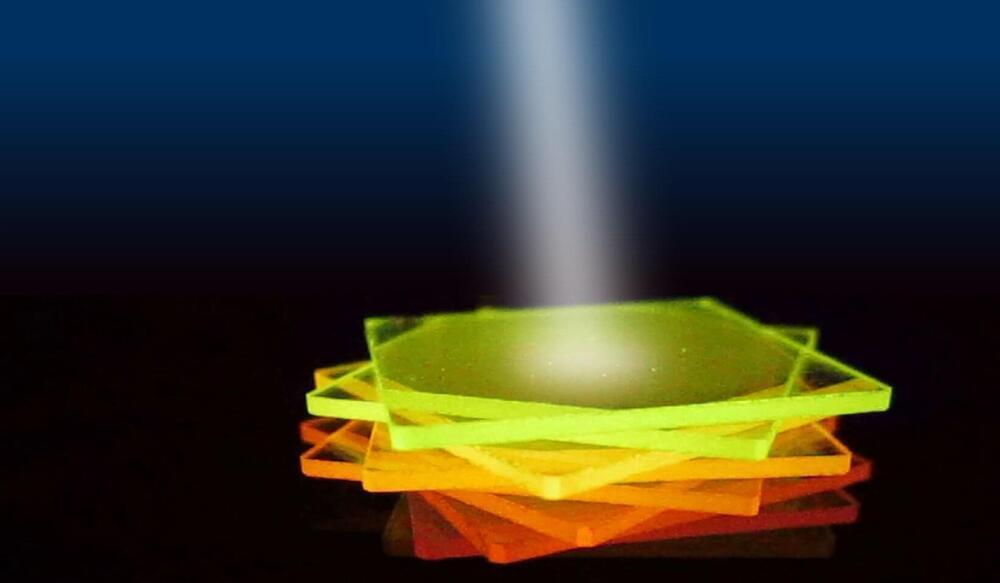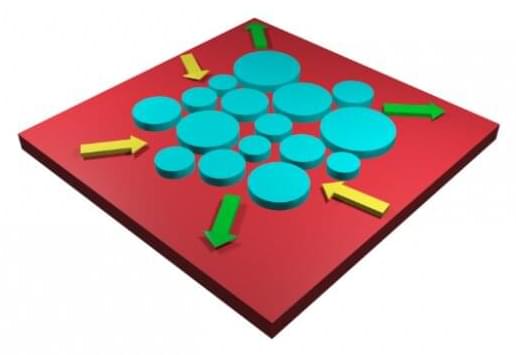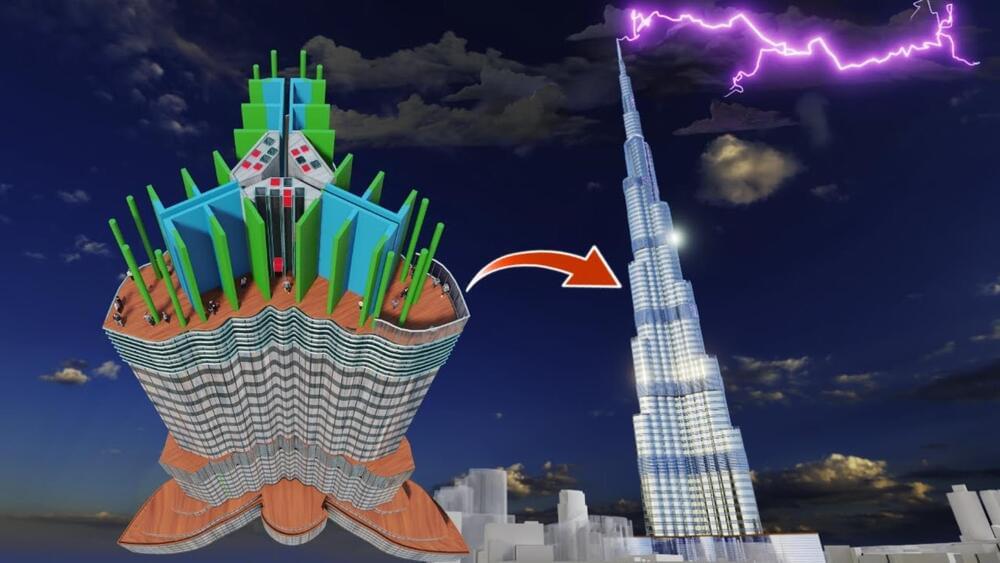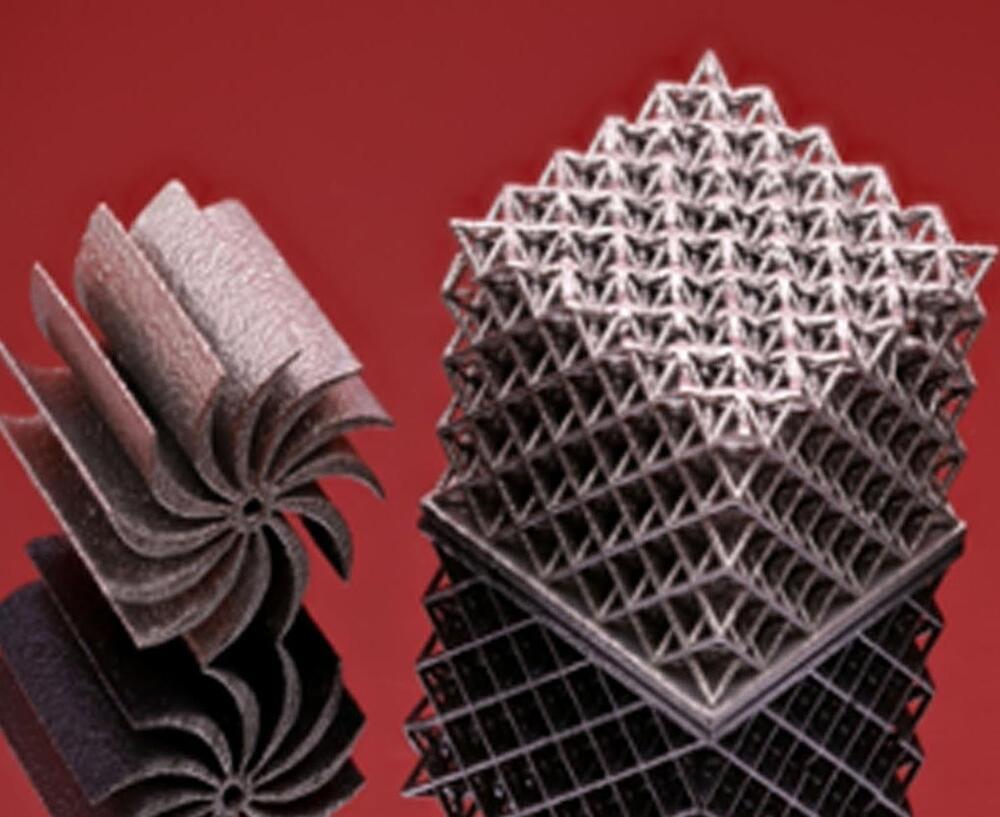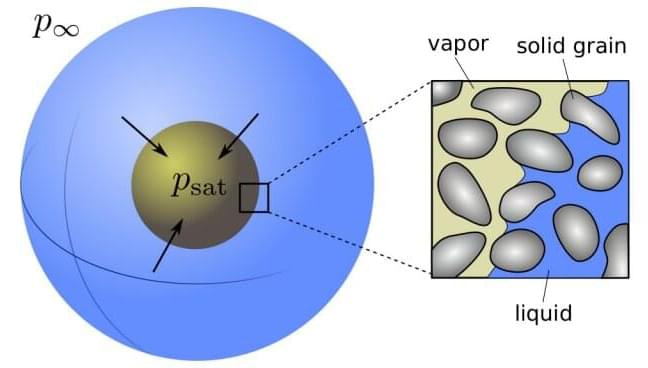Sep 5, 2022
House Runs 100% on DC Power — Purdue University Project
Posted by Shubham Ghosh Roy in categories: computing, engineering, mobile phones, nanotechnology
Did you know there’s a silent war going on inside your home? Alternating current (AC) electricity comes in from the grid, but many of your appliances and lighting run on direct current (DC). Every time you plug in a TV, computer or cell phone charger, power must be individually converted from AC to DC — a costly and inefficient process. Purdue University researchers have proposed a solution to the problem by retrofitting an entire house to run on its own efficient DC-powered nano-grid.
The project to transform a 1920s-era West Lafayette home into the DC Nanogrid House began in 2017 under the direction of Eckhard Groll, the William E. and Florence E. Perry Head of Mechanical Engineering, and member of Purdue’s Center for High Performance Buildings. “We wanted to take a normal house and completely retrofit it with DC appliances and DC architecture,” Groll said. “To my knowledge, no other existing project has pursued an experimental demonstration of energy consumption improvements using DC power in a residential setting as extensively as we have.”

